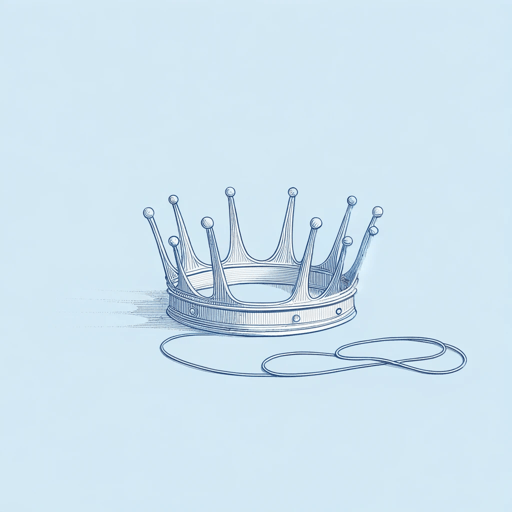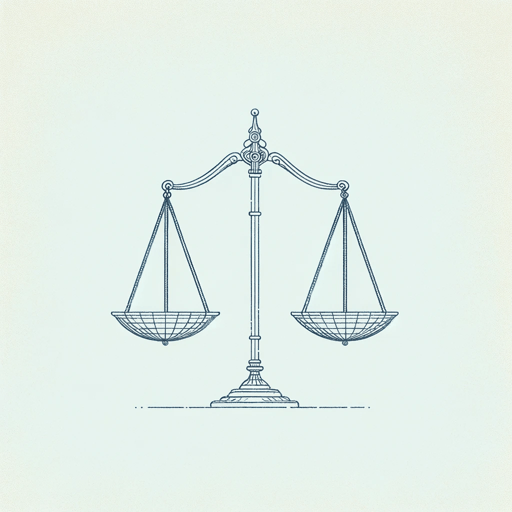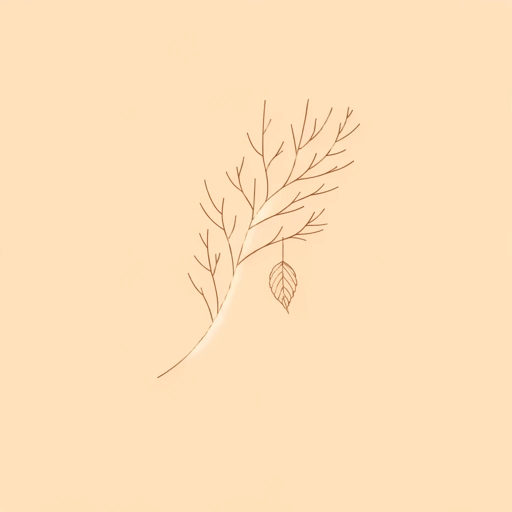19 pages • 38 minutes read
William ShakespeareSonnet 73
Fiction | Poem | Adult | Published in 1609A modern alternative to SparkNotes and CliffsNotes, SuperSummary offers high-quality Study Guides with detailed chapter summaries and analysis of major themes, characters, and more.
Symbols & Motifs
Seasons
All three symbols—seasons, night, and fire—relate to each other because they are all symbols for the aging process.
Specifically regarding seasons, the poem uses the transition between fall and winter to illustrate the feeling of decay that Shakespeare believes accompanies aging: “That time of year thou mayst in me behold / When yellow leaves, or none, or few, do hang” (Lines 1-2). Wintertime is cold and brings death to the natural world, and Shakespeare wants the reader to associate what happens to the world with what happens to the physical body as it ages. Just as the trees lose their leaves, a person might lose his or her hair. Just as branches “shake against the cold” (Line 3), the body might lose its youthful energy, strength, and warmth. Just as churches are abandoned and the birds stop singing, old age brings isolation, silence, and the loss of what once was.
Night
Shakespeare uses the “black night” (Line 7) to represent death, which is something he does in other sonnets and in plays as well. Shakespeare uses twilight to mimic the seasonal transition that came before, from fall to winter. Twilight is the transition from afternoon to night, so again, this symbol matches the transition from
Related Titles
By William Shakespeare

All's Well That Ends Well
William Shakespeare

A Midsummer Night's Dream
William Shakespeare

Antony and Cleopatra
William Shakespeare

As You Like It
William Shakespeare

Coriolanus
William Shakespeare

Cymbeline
William Shakespeare

Hamlet
William Shakespeare

Henry IV, Part 1
William Shakespeare

Henry IV, Part 2
William Shakespeare

Henry V
William Shakespeare

Henry VIII
William Shakespeare

Henry VI, Part 1
William Shakespeare

Henry VI, Part 3
William Shakespeare

Julius Caesar
William Shakespeare

King John
William Shakespeare

King Lear
William Shakespeare

Love's Labour's Lost
William Shakespeare

Macbeth
William Shakespeare

Measure For Measure
William Shakespeare

Much Ado About Nothing
William Shakespeare

